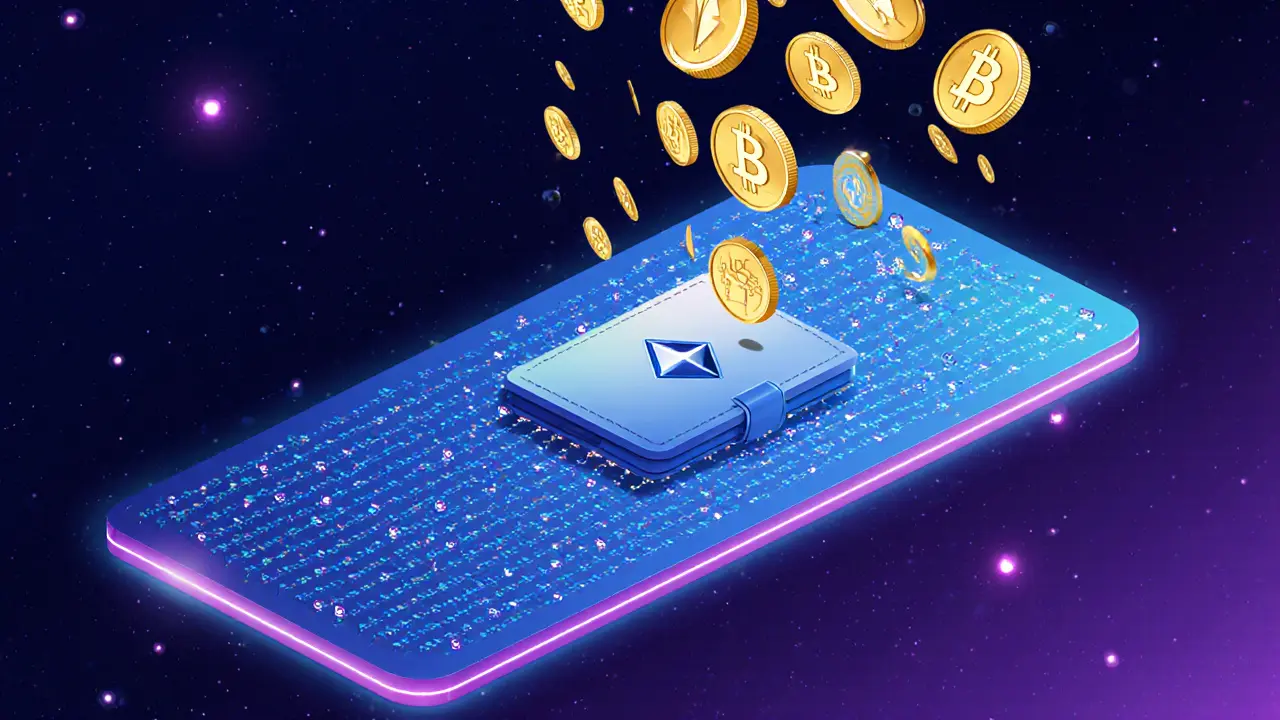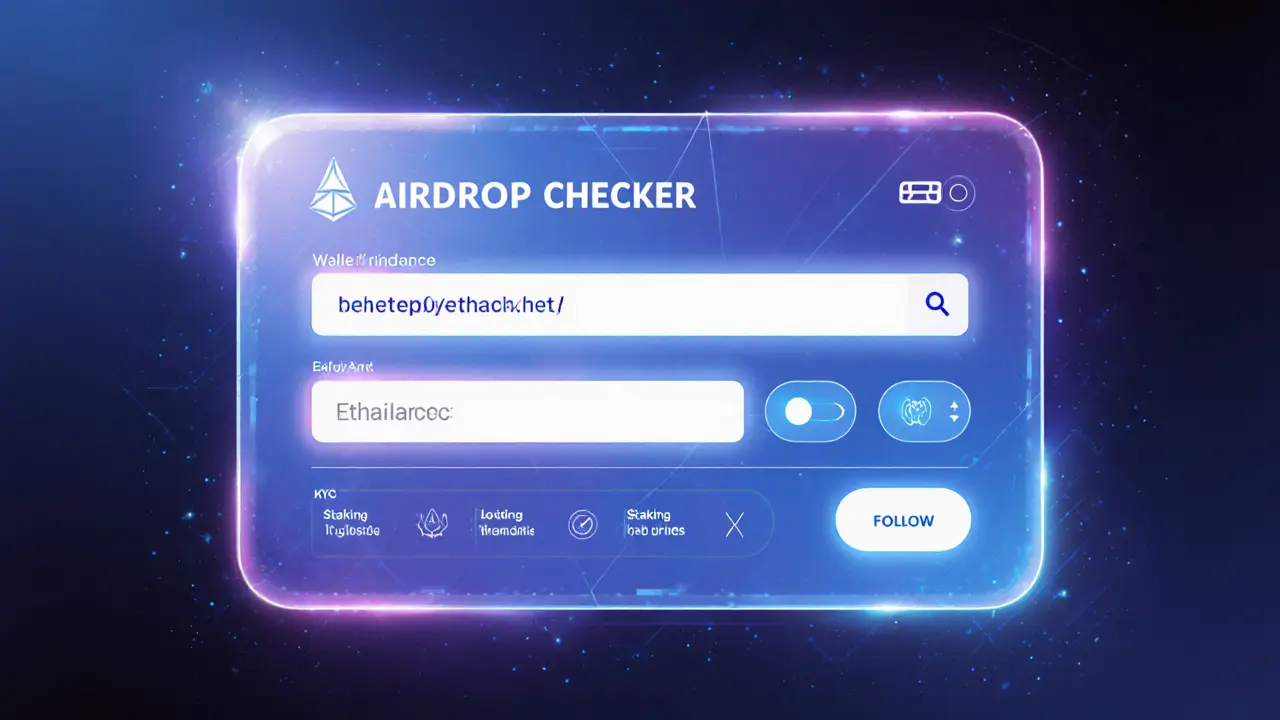Blockchain Token Distribution Explained
When working with blockchain token distribution, the process that decides how new crypto tokens are allocated to investors, users, or the community on a blockchain network. Also known as token allocation, it determines a project’s early liquidity, governance power, and long‑term sustainability. Tokenomics, the economic design of a token including supply, incentives, and utility directly influences the fairness and attractiveness of any distribution model. Likewise, an airdrop, a free token giveaway used to seed a community and spark network effects is a common distribution method that relies on smart‑contract rules to reach eligible wallets. An ICO, initial coin offering that sells tokens before a network launches represents another distribution channel, often regulated by cryptocurrency regulation, legal frameworks that govern token sales, anti‑money‑laundering, and investor protection. In short, blockchain token distribution encompasses tokenomics, airdrops, ICOs, and compliance, creating a web of interdependent decisions.
Key Factors Shaping Token Distribution
First, tokenomics sets the stage: a fixed supply versus inflationary model dictates whether a distribution favors early adopters or aims for broad community participation. Projects that embed vesting schedules, lock‑up periods, or reward mechanisms often see more stable price action after launch. Second, the choice of distribution method matters. An airdrop can quickly grow a user base, but without proper eligibility criteria it may attract bots or speculative dumping. An ICO, while raising capital, brings regulatory scrutiny; compliant jurisdictions require detailed prospectuses, KYC processes, and sometimes a securities filing. Third, regulatory context cannot be ignored. Regions like the US, EU, and Singapore have distinct rules that affect how tokens can be marketed and who can receive them. Ignoring these rules can lead to costly legal battles or forced token rescues.
Putting these pieces together helps you design a distribution that balances fundraising, community growth, and legal safety. For example, a project might start with a targeted airdrop to reputable wallets, follow up with a regulated ICO for institutional investors, and embed tokenomics that reward long‑term holding through staking rewards. By aligning each element—economic design, distribution channel, and compliance—you create a self‑reinforcing ecosystem that can weather market swings. Below you’ll find a curated set of articles that dive deeper into each aspect, from step‑by‑step licensing guides to real‑world tokenomics case studies, so you can pick the right mix for your blockchain venture.

Retroactive Airdrops Explained: How Early Crypto Users Got Rich Without Lifting a Finger
Nov 14, 2025, Posted by Ronan Caverly
Retroactive airdrops reward early crypto users with free tokens for past activity - no tasks needed. Learn how Uniswap, Arbitrum, and others paid thousands to real users, what it takes to qualify, and why this could change blockchain forever.
MORE
Bull Finance Airdrop 2025: How to Claim the BULL Token Safely
Aug 13, 2025, Posted by Ronan Caverly
Learn how to safely claim the Bull Finance airdrop, meet eligibility, avoid scams, and make the most of your BULL tokens in 2025.
MORESEARCH HERE
Categories
TAGS
- crypto exchange review
- decentralized exchange
- cryptocurrency
- crypto coin
- CoinMarketCap airdrop
- smart contracts
- tokenomics
- cryptocurrency exchange safety
- crypto exchange
- cryptocurrency airdrop
- crypto airdrop
- cryptocurrency exchange
- crypto airdrop guide
- blockchain token distribution
- DeFi
- crypto exchange scam
- crypto airdrop 2025
- Ethereum
- cross-chain interoperability
- ERC-20
